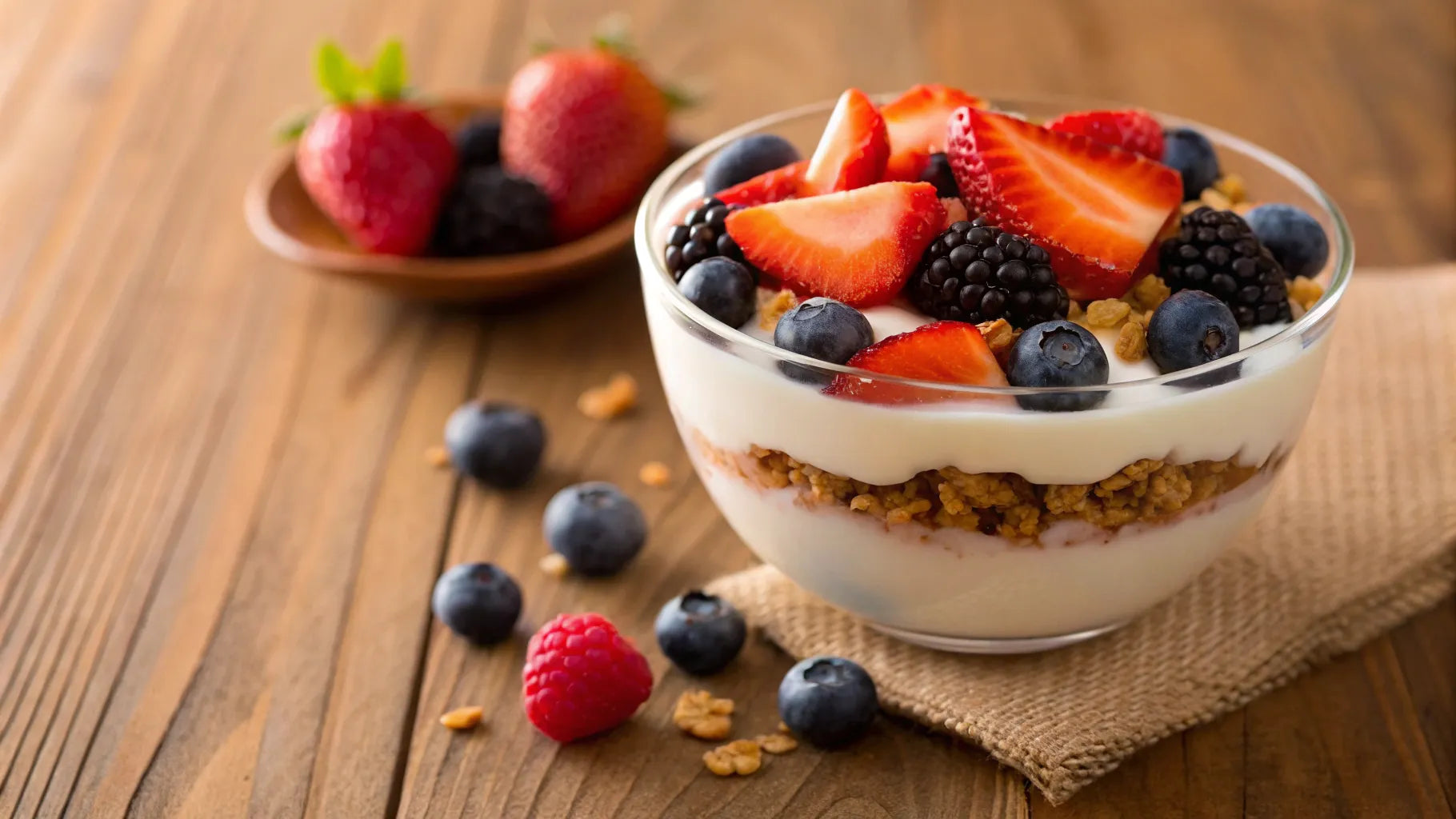Funnel Cake Recipe

The Perfect Funnel Cake Recipe: A Delightful Treat for All Occasions
Few desserts evoke the nostalgia of childhood and the joy of fairgrounds like funnel cake. This delectable confection, with its crispy golden exterior and soft, airy interior, is a staple at carnivals, amusement parks, and street fairs. The simplicity of its ingredients belies the complexity of its flavors and textures. Crafting the perfect Funnel Cake Recipe at home allows you to indulge in this sweet treat anytime, bringing the magic of the fair to your kitchen. In this article, we will explore the origins of funnel cake, the essential elements of a great recipe, and step-by-step instructions to create your own mouthwatering version.
A Brief History of Funnel Cake
Funnel cake has roots that trace back to medieval Europe, particularly in regions where frying dough was a popular method of creating sweet treats. The modern version of funnel cake, however, is largely credited to the Pennsylvania Dutch, who brought the recipe to America. These early settlers used a similar method of pouring batter through a funnel into hot oil, creating intricate patterns that resulted in a crispy, lacy confection. Over time, the dish became synonymous with American fair food, celebrated for its light, crunchy texture and versatility in toppings.
The Essentials of a Great Funnel Cake Recipe
To achieve the perfect funnel cake, several key components must be considered: the batter, the frying technique, and the toppings. Each element plays a crucial role in creating a dessert that is both visually appealing and delicious.
The Batter
The batter is the heart of any Funnel Cake Recipe. It should be light, airy, and slightly sweet. The basic ingredients include flour, eggs, milk, sugar, baking powder, and a pinch of salt. Some recipes also incorporate vanilla extract for added flavor. The batter must be mixed to a smooth consistency, ensuring that it can flow easily through a funnel or squeeze bottle to create the signature swirls and loops.
The Frying Technique
Frying is where the magic happens. The oil must be heated to the correct temperature—typically around 375°F (190°C)—to ensure that the batter cooks evenly and becomes crispy without absorbing too much oil. The batter is poured into the hot oil in a circular motion, creating overlapping loops and swirls. It is essential to maintain a steady hand and pace to achieve the desired lacy texture. The cake is fried until golden brown on one side, then carefully flipped to cook the other side. The result should be a beautifully crisp, golden cake with a tender interior.
The Toppings
While the classic funnel cake is simply dusted with powdered sugar, the possibilities for toppings are endless. From fresh fruit and whipped cream to chocolate syrup and caramel, the choice of toppings can transform the humble funnel cake into a gourmet dessert. Some popular variations include cinnamon sugar, strawberry sauce, and even savory options like cheese and bacon. The toppings should complement the cake’s lightness, adding layers of flavor and texture without overpowering the delicate base.
Step-by-Step Funnel Cake Recipe
Now that we’ve covered the essentials, let’s dive into a detailed Funnel Cake Recipe that you can recreate at home. This recipe is straightforward and perfect for beginners and experienced cooks alike.
Ingredients
- 2 cups all-purpose flour
- 2 tablespoons sugar
- 2 teaspoons baking powder
- 1/2 teaspoon salt
- 2 large eggs
- 1 1/2 cups milk
- 1 teaspoon vanilla extract
- Vegetable oil, for frying
- Powdered sugar, for dusting
Instructions
- Prepare the Batter: In a large mixing bowl, whisk together the flour, sugar, baking powder, and salt. In a separate bowl, beat the eggs and then add the milk and vanilla extract. Gradually add the wet ingredients to the dry ingredients, whisking until smooth. The batter should be thick but pourable.
- Heat the Oil: In a deep skillet or large saucepan, heat about 2 inches of vegetable oil over medium-high heat until it reaches 375°F (190°C). You can use a candy thermometer to monitor the temperature.
- Fry the Funnel Cake: Pour the batter into a squeeze bottle or a funnel with a narrow spout. Hold the funnel or bottle about 2 inches above the hot oil, then carefully pour the batter into the oil in a circular motion, creating overlapping loops. Fry until golden brown, about 2 minutes per side. Use a slotted spoon or tongs to flip the cake halfway through cooking.
- Drain and Serve: Once cooked, remove the funnel cake from the oil and drain on a paper towel-lined plate. Repeat the process with the remaining batter. Dust with powdered sugar and serve warm with your choice of toppings.
Variations and Tips
- Flavor Enhancements: For a richer flavor, consider adding a dash of cinnamon or nutmeg to the batter. You can also experiment with flavored extracts, such as almond or lemon, to give the cake a unique twist.
- Topping Ideas: While powdered sugar is the classic topping, you can get creative with fresh berries, whipped cream, ice cream, or even a drizzle of Nutella. For a savory version, try adding shredded cheese and crumbled bacon.
- Serving Suggestions: Funnel cake is best enjoyed fresh, but you can reheat leftovers in an oven at 350°F (175°C) for a few minutes to restore their crispiness. Pair with a scoop of vanilla ice cream for a delightful treat.
Conclusion
Creating the perfect Funnel Cake Recipe at home is an art that combines simple ingredients with careful technique. The result is a delightful dessert that brings the joy of fairground treats to your own kitchen. Whether enjoyed plain or adorned with an array of toppings, funnel cake is a versatile and crowd-pleasing dish that never fails to impress. So, gather your ingredients, heat up the oil, and embark on a culinary adventure that promises delicious rewards.



